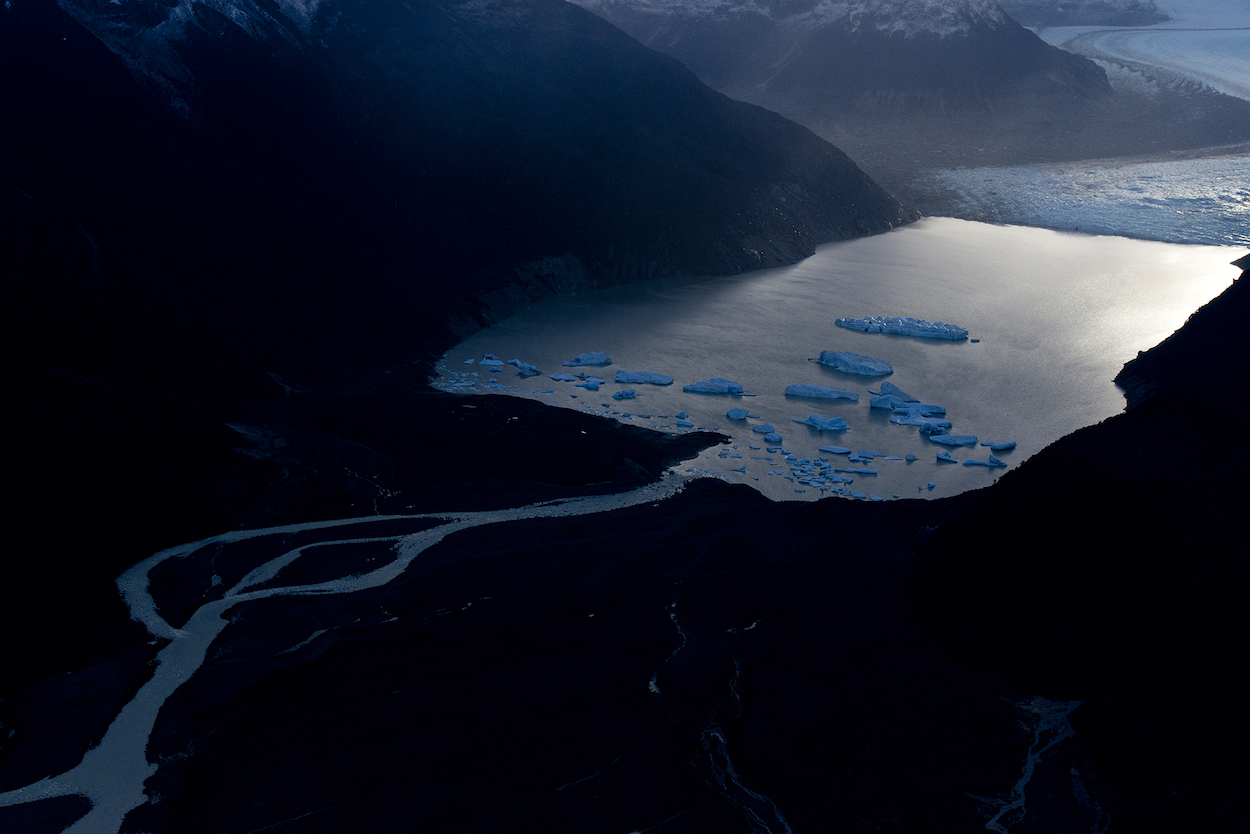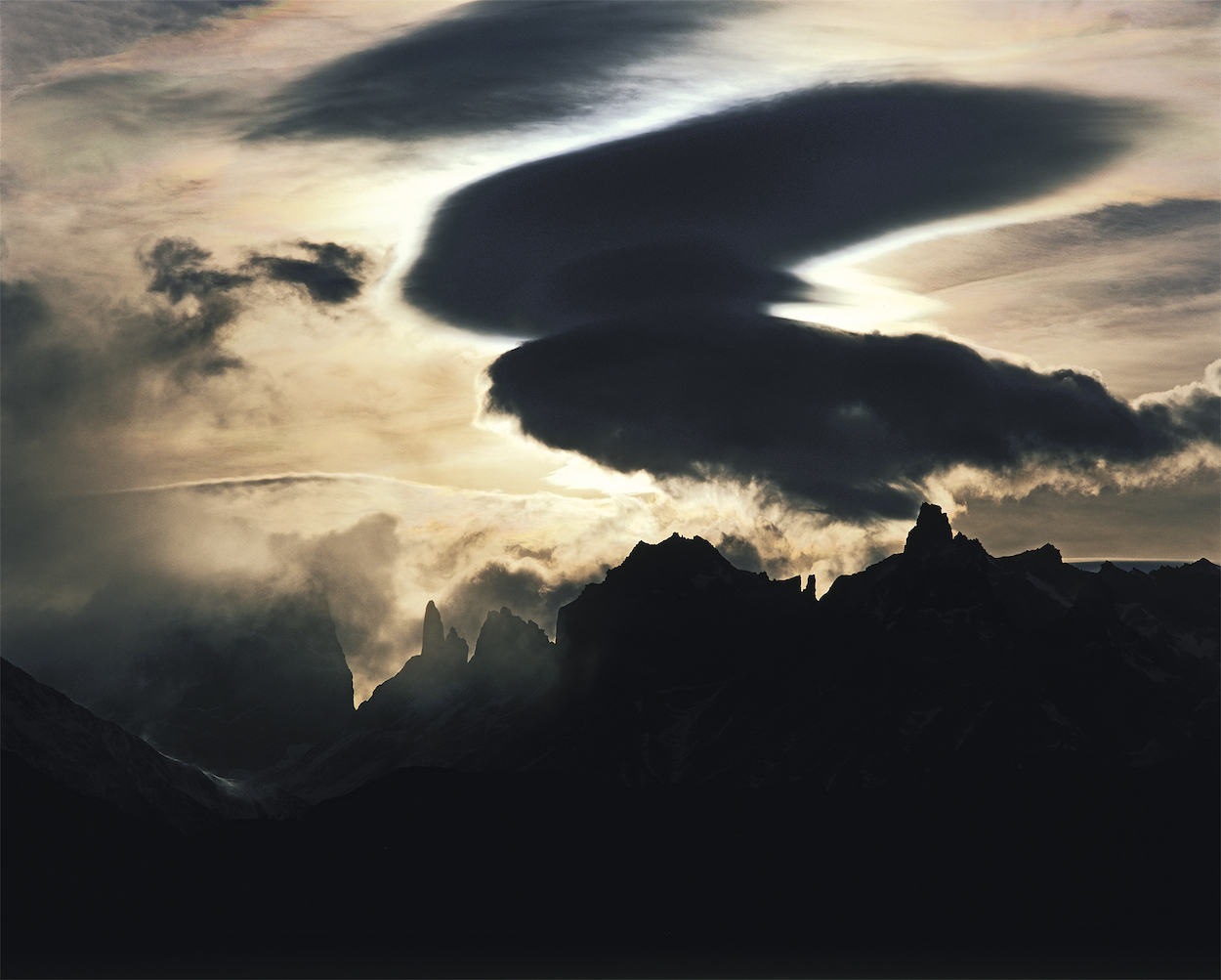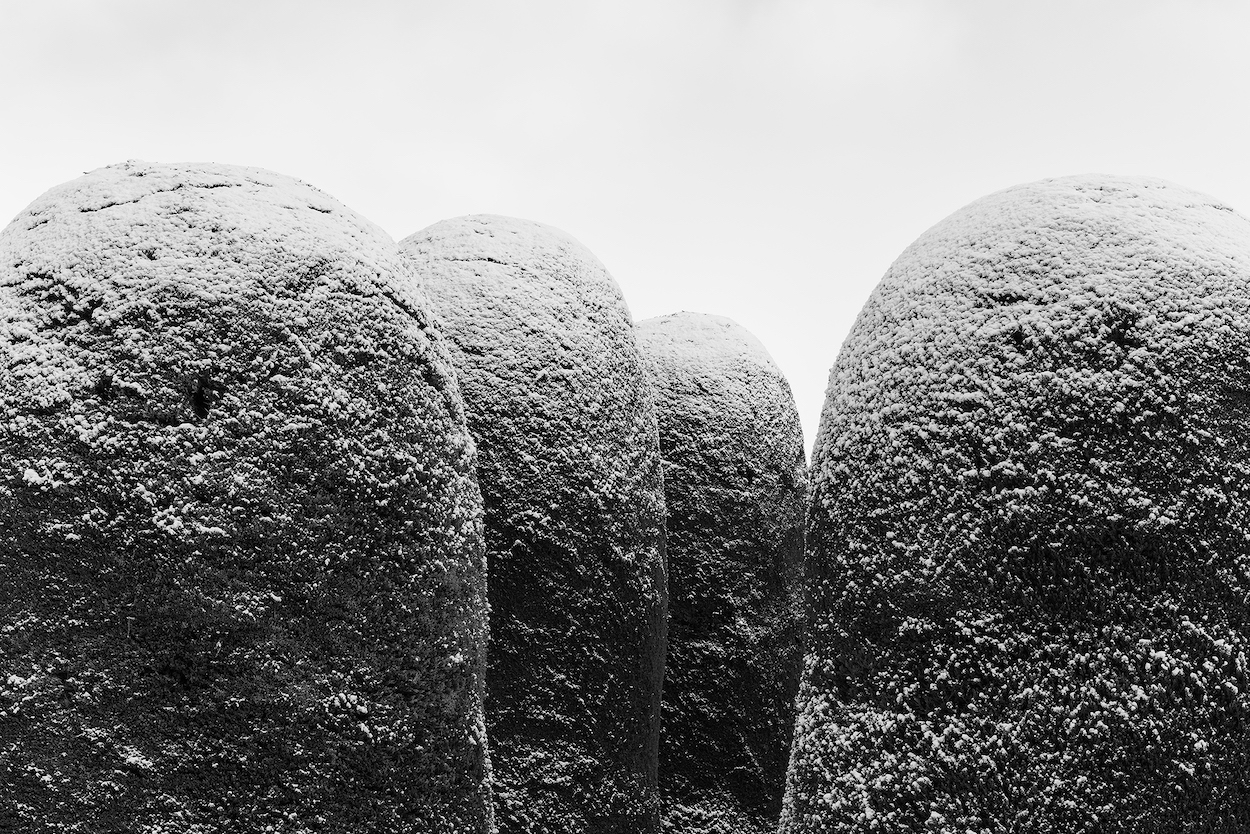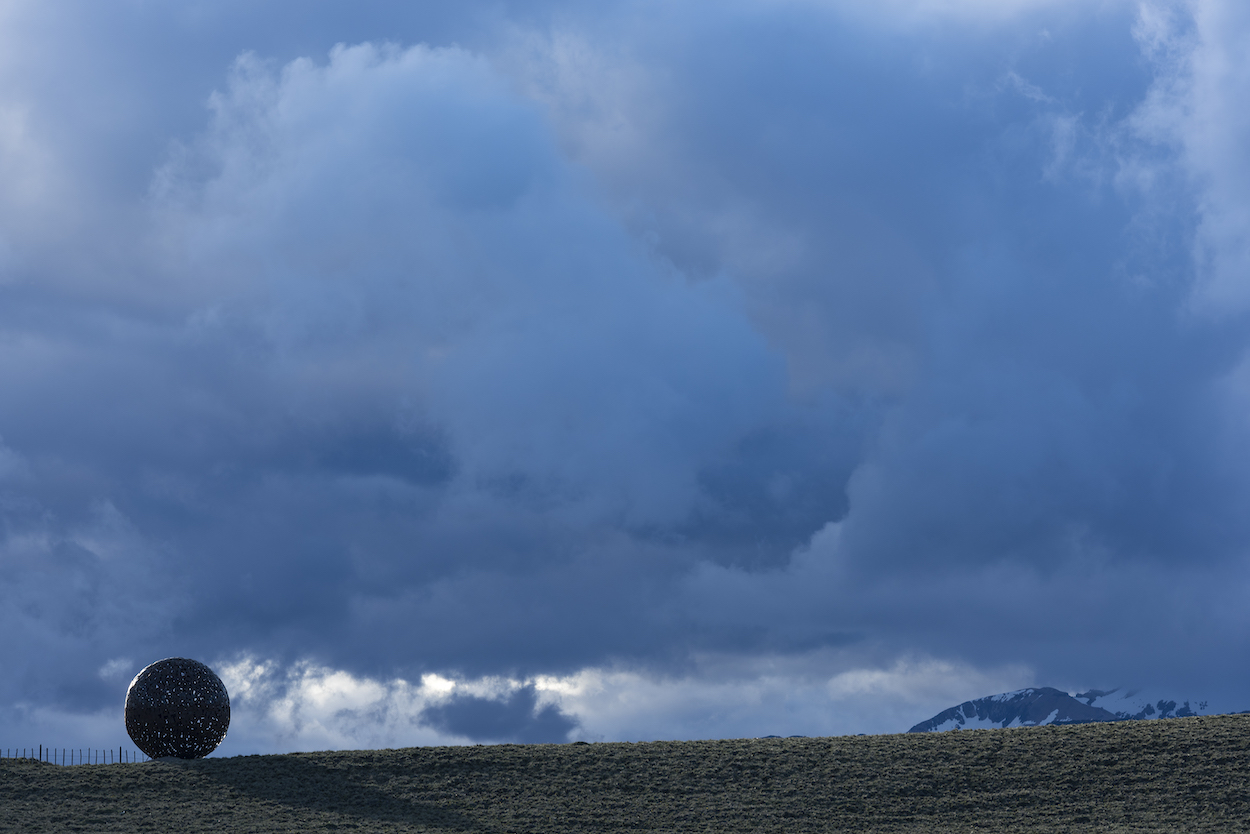.jpg) Photo: Pablo Valenzuela Vaillant
Photo: Pablo Valenzuela Vaillant
By Jimmy Langman and Paula Fernández
In Chile, Pablo Valenzuela Vaillant is synonymous with fine art photography.
His photos seek to express much more than the obvious. They are each like a fine art painting, works to contemplate at a slower pace. These are photos that send your mind dreaming and because of their clean aesthetics turn any gallery or home interior into a page out of a design magazine. As Pablo describes his work, he seeks out the “geometry of the moment” when taking his photos. His favored style of landscape photography: minimalist images that are “illuminated by extreme light cast onto lines and textures,” he says.
Pablo’s photography career began three decades ago. In 1992, some three years after graduating with a degree in civil engineering from Catholic University in Chile, he decided to make the photography of Chile’s natural and cultural heritage as his life’s work. Since then, his work has been featured in numerous books that are ubiquitous in Chilean bookstores and his photos are annually in display every year in museums and galleries across Chile and elsewhere.
As part a special series of interviews with some of the members of 2023 Patagonia Photography Contest panel of judges, we recently asked him about some of his current and future works and he gives some tips to photographers who may want to compete in the contest.
 Photo: Pablo Valenzuela Vaillant
Photo: Pablo Valenzuela VaillantThe photo that appears on the official poster of the Patagonia Photo Contest was taken by you. Can you tell us more about that image and how you took that photo?
That image is of the hanging glacier in Queulat National Park. I took it many years ago in analog (slide) format with my Hasselblad 6x6 camera. This park is one of my favorites in Patagonia, because here there is an impressive conjunction between the temperate rainforest, glaciers and mountains. To get to this point, you have to hike a beautiful trail that climbs through the evergreen rainforest. When you get to the top you find a viewpoint from which you can see the front of the glacier in all its magnificence.
You have published two photo books on Patagonia, what are some of your favorite images from these books?
And I will continue to publish more, because the area deserves it and it is probably where I have dedicated most of my photographic work. In fact, I have an upcoming book, Habitar la Inmensidad (Inhabiting the Immensity) and others about Patagonia.
Regarding the two books - Patagonia and La Otra Patagonia - both are portraits of the extreme south of Chile. As for the second one, it has a more minimalist and less documentary vision. I love the photographs of the steppe and the estancias lost in the middle of nowhere. It is a linear landscape, with a composition that suits me very well and that faithfully summarizes my way of observing, always under the idea of the "geometry of the moment."
 Photo: Pablo Valenzuela Vaillant
Photo: Pablo Valenzuela VaillantWhat makes Patagonia such a special place for photography? What should a photographer keep in mind when shooting in the region, and how does he or she deal with the sometimes harsh weather conditions, such as strong winds?
Patagonia is not only very diverse in terms of landscapes, but also in terms of climates. It is said -without exaggeration- that in this region there are four seasons in the same day. And that is very attractive and challenging for a field photographer; this condition, however, does not occur in all of Patagonia, but in the transition between the mountains and the steppe, where the landscape changes radically between the humid western slope of the Pacific and the dry Atlantic and there is a change of landscapes and climate.
One must always keep in mind that, although one can foresee the conditions on the ground - what one is going to encounter - there is always the surprise factor and, therefore, one must be prepared for different scenarios and situations.
As for the harsh weather conditions, you always have to be well prepared in terms of gear and, for sure, morale, and be willing to be cold. That is part of the work in the field and makes it also very inspiring.
 Photo: Pablo Valenzuela Vaillant
Photo: Pablo Valenzuela VaillantWhat is your work "Habitar la Inmensidad” ("Inhabiting the Immensity") about and where can someone find it?
"Habitar la Inmensidad" is a photographic series that I have been doing since 2016 that shows how man inhabits the steppe region of Magallanes. All this under a very personal perspective and an extremely minimalist aesthetic. For this series I have traveled more than 12,000 kilometers from Punta Arenas; in several trips, obviously.
The series has been exhibited – among other places – at the MAM in Chiloé, at the CAMM Molino Machmar in Puerto Varas, at the Ekho Gallery in Santiago and at the Avintes Festival in Portugal.
You have been a contributing editor to Patagon Journal for many years, and a member of the panel of judges in almost all of the previous contests. What are some of the things you most like about the magazine and the contest?
Patagon Journal has had the great merit of highlighting the value of this region and showcasing Patagonia to the world. It has been a great outlet to inform, value and raise awareness about the beauty and identity of the end of the world. I congratulate the magazine for this excellent work and, even more, to do it in a collectible print format.
 Photo: Pablo Valenzuela Vaillant
Photo: Pablo Valenzuela VaillantWhat will you look for when deciding the winning photos in the 2023 Patagonia Photo Contest? What do you think is the difference between a great photo and a good photo, for example?
I place great value on the author's personal perspective and, also, that the photo should be honest, real, without outside intervention and abusive processing; in this regard, I attach great importance to the "decisive instant,” as Cartier-Bresson called it, that is, "the exact moment when the photo is taken, that is, when "the head, the eye and the heart are aligned,” as he put it.
A great photo must be able to transmit, to inspire; it is not a photo that is just “pretty,” but one that communicates something, that reveals a moment, the spirit of a place or a situation, always under the personal and unique gaze of the author.
I read that you are working on a new photo book in Europe. Tell us more: what will it be about and when will it be ready?
Yes, I'm very excited about it. For three reasons; first, because, while I'm a nature lover, I'm also a lover of cities, architectural heritage, the identity of each place. Second, I love urban planning, architecture, and seeing how each society resolves these issues. And third, because traveling outside of Chile widens my perspective, it allows me to hierarchize and have a more informed and critical view of our land. It allows me to revisit Chile with new eyes.
 Photo: Pablo Valenzuela Vaillant
Photo: Pablo Valenzuela Vaillant Photo: Pablo Valenzuela Vaillant
Photo: Pablo Valenzuela Vaillant Photo: Pablo Valenzuela Vaillant
Photo: Pablo Valenzuela Vaillant Photo: Pablo Valenzuela Vaillant
Photo: Pablo Valenzuela Vaillant Photo: Pablo Valenzuela Vaillant
Photo: Pablo Valenzuela Vaillant




.gif)



